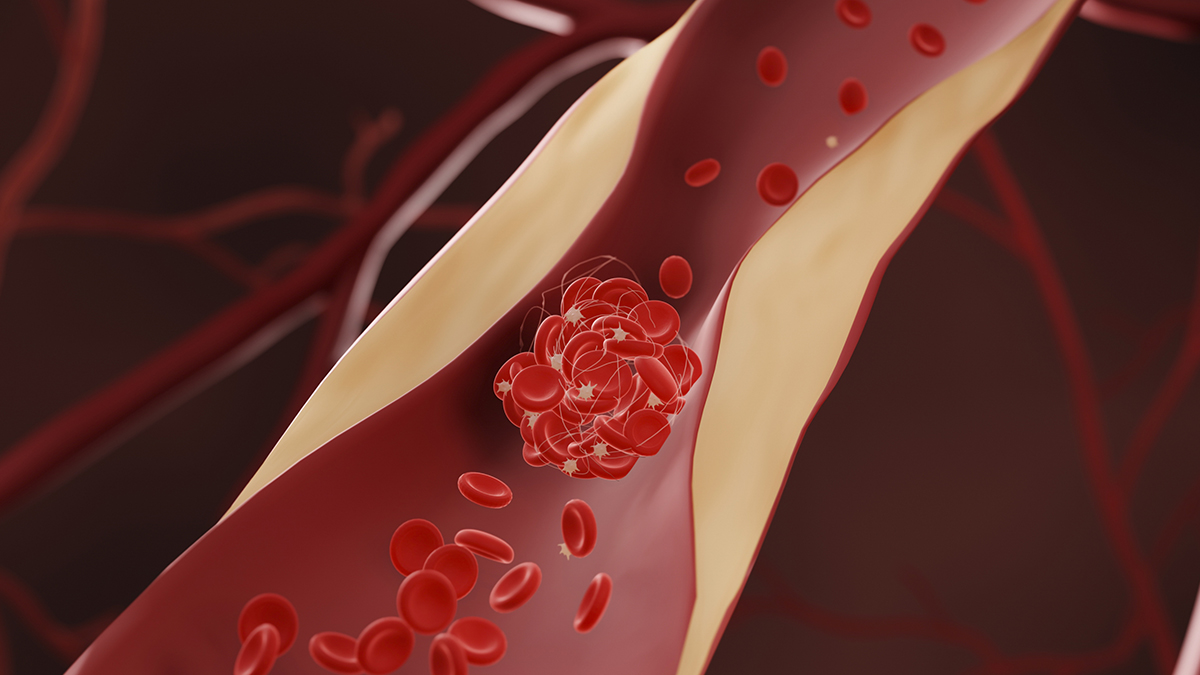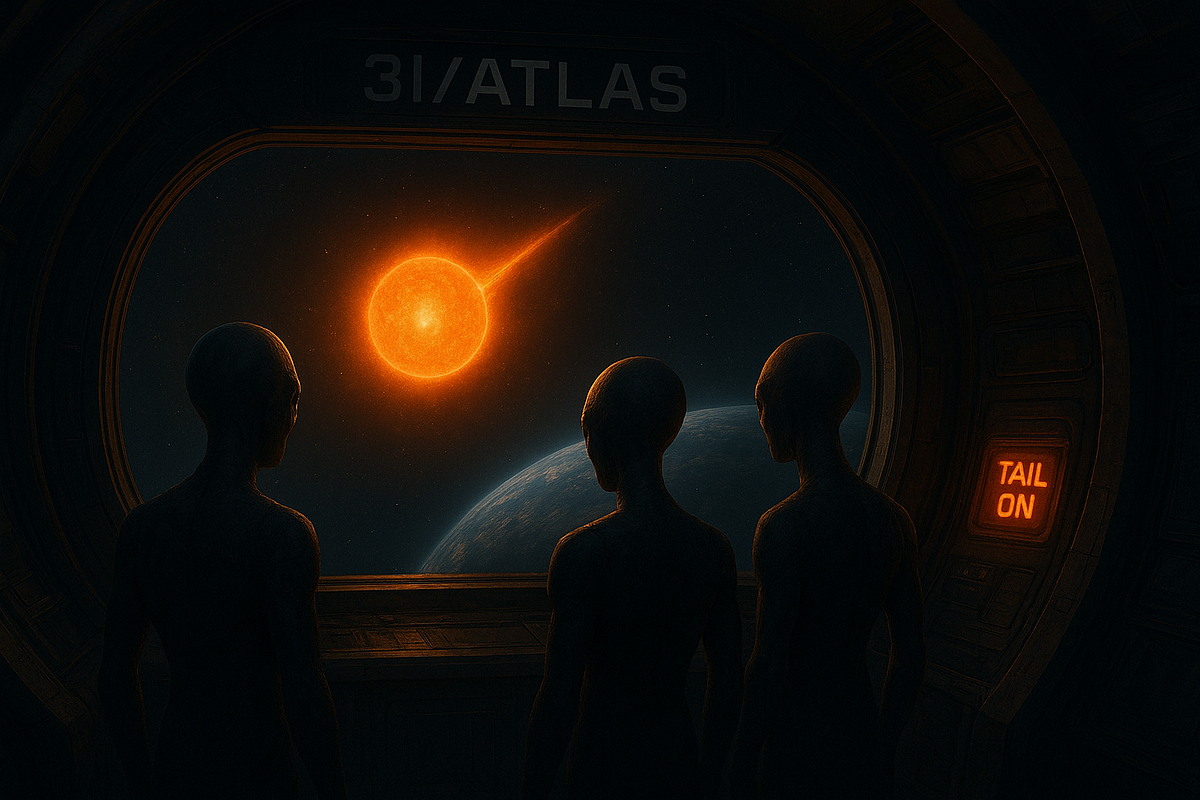An editorial notice by the Minor Planet Center (accessible here) announced that the interstellar object 3I/ATLAS, has just been targeted in a new campaign initiated by a United Nations-endorsed group focused on the defense of Earth against space objects.
The International Asteroid Warning Network (IAWN) is a worldwide planetary defense collaboration of organizations and individual astronomers who collectively work to detect, monitor, and characterize potentially hazardous asteroids and Near-Earth Objects. 3I/ATLAS is the first interstellar object targeted by its campaigns.
On the date of the solar conjunction of 3I/ATLAS relative to Earth, October 21, 2025, IAWN made the following announcement:
“Comets present unique challenges for accurate astrometric measurements and orbit predictions. Cometary bodies are extended with morphological features (comae and tails) that can systematically pull their centroid measurements off their central brightness peak, presenting challenges to estimate comet trajectories.
The International Asteroid Warning Network (IAWN) announces a comet campaign from November 27, 2025, through January 27, 2026 to introduce methods for improving astrometry from comet observations. The campaign will target comet 3I/ATLAS (C/2025 N1) to exercise the capability of the observing community to extract accurate astrometry. To prepare for the campaign, we will hold a workshop on techniques to correctly measure comet astrometry.
Registration is required by November 7th (here) for the workshop and only those participants that attend the workshop can participate in the campaign.”
Interestingly, this announcement follows a White Paper that I submitted on September 30, 2025 to the United Nations in collaboration with Omer Eldadi and Gershon Tenenbaum (accessible here and here). This White Paper advocated for coordinating global scientific research to maximize observational coverage and ensure optimal scientific monitoring of interstellar objects like 3I/ATLAS, which could pose a threat to humanity if they happen to carry alien technology. Black swan events with small probabilities must be considered seriously if their implications to the future of humanity are large.
As of now, 3I/ATLAS displayed 8 surprising qualities that earned it a rank of 4 out of 10 on the Loeb scale (quantified here and here) of a possible technological origin:
1. Its trajectory is aligned to within 5 degrees with the ecliptic plane of the planets around the Sun, with a likelihood of 0.2% (see here).
2. During July and August 2025, it displayed a sunward jet (anti-tail) that is not an optical illusion from geometric perspective, unlike familiar comets (see here).
3. Its nucleus is about a million times more massive than 1I/`Oumuamua and a thousand times more massive than 2I/Borisov, while moving faster than both, altogether with a likelihood of less than 0.1% (see here and here).
4. Its arrival time was fine-tuned to bring it within tens of millions of kilometers from Mars, Venus and Jupiter and be unobservable from Earth at perihelion, with a likelihood of 0.005% (see here).
5. The gas plume around 3I/ATLAS contains much more nickel than iron (as found in industrially-produced nickel alloys) and a nickel to cyanide ratio that is orders of magnitude larger than that of all known comets, including 2I/Borisov, with a likelihood below 1% (see here).
6. The gas plume of 3I/ATLAS contains only 4% water by mass, a primary constituent of familiar comets (see here).
7. 3I/ATLAS showed extreme negative polarization, unprecedented for all known comets, including 2I/Borisov, with a likelihood below 1% (see here).
8. 3I/ATLAS arrived from a direction coincident with the radio “Wow! Signal” to within 9 degrees, with a likelihood of 0.6% (see here).
Multiplying these small probabilities yields a cumulative likelihood lower than a part in ten quadrillion (10^{16}). It therefore makes sense to use all available observational assets on Earth and in space in order to decipher the nature of 3I/ATLAS, as planned by IAWN.
Unfortunately, we do not have a spacecraft that could intercept 3I/ATLAS and study it from up close. This requires advance planning and an early detection in order to have sufficient time for a spacecraft to cross the path of 3I/ATLAS. In my paper with Adam Hibberd and Adam Crowl (published here), we calculated that if NASA’s Juno spacecraft near Jupiter had its initial fuel supply, it could have intercepted 3I/ATLAS at its closest approach to Jupiter on March 16, 2026. This possibility was recommended in the visionary letter from U.S. Congresswoman Anna Paulina Luna to NASA’s Interim Administrator Sean Duffy on July 31 2025 (accessible here).
The clearest technological signature of 3I/ATLAS would be a maneuver or the release of mini-probes near perihelion on October 29, 2025. The optimal point for a maneuver to speed up or slow-down a spacecraft is at closest approach to the Sun. An impulse in the direction of the peak velocity or opposite to it, would maximize the gain or loss of kinetic energy. As a result of this so-called Oberth effect, it is most energy-efficient for a spacecraft engine to burn its fuel at perihelion. If 3I/ATLAS is a massive mothership, it will likely continue along its original gravitational path and ultimately exit the Solar system, while releasing mini-probes near perihelion that might take advantage of the Sun’s gravitational assist as they maneuver towards planets like the Earth. I therefore tasked the research team of the Galileo Project Observatories to check for any unusual activity of extraterrestrial technological objects near Earth in the coming months.
3I/ATLAS will get closest to Earth on December 19, 2025. Here’s hoping that we will know more about our dating partner in this interstellar blind date by Christmas.
ABOUT THE AUTHOR
Avi Loeb is the head of the Galileo Project, founding director of Harvard University’s Black Hole Initiative, director of the Institute for Theory and Computation at the Harvard-Smithsonian Center for Astrophysics, and the former chair of the astronomy department at Harvard University (2011–2020). He is a former member of the President’s Council of Advisors on Science and Technology and a former chair of the Board on Physics and Astronomy of the National Academies. He is the bestselling author of “Extraterrestrial: The First Sign of Intelligent Life Beyond Earth” and a co-author of the textbook “Life in the Cosmos”, both published in 2021. The paperback edition of his new book, titled “Interstellar”, was published in August 2024.
First Appeared on
Source link













